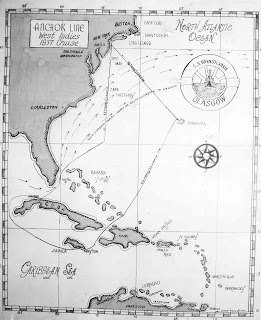

.
.
.
.
.
.
.
.
.
.
.
.
.
.
.
Printed on the back of the card, "50-(W8668) WASHERWOMEN ALONG THE NILE, EGYPT
These women are doing the family washing in the Nile. It is easier to come down to the river and do their washing than to carry the water to their homes. Then they see the other women and have a visit. Here, again, we see the beautiful Nile boats. Copyright by Keystone View Company" In 1892, Benneville Lloyd Singley, former salesman for Underwood & Underwood, one of the largest stereoview manufacturers of the day, set up his camera and took photographs of the flooding of French Creek in Pennsylvania. He mounted them on cards sold them, and began his own stereoview company. Three years latter, with 700 images in his catalog, he incorporated The Keystone View Company in Meadville, PA. Between 1915 and 1921, Keystone, became the most successful stereoview company in the world, not just by expanding it's own collection of images, but by buying out most of it's major competitors. By 1935, Keystone had over 2,000,000 views on file. (Note, I've been unable to determine whether the 2 million figure represents the number of negatives owned, or the number of views offered for sale.) While Keystone offered many novelty images, Singley, correctly, believed that the real success of the stereoview lay in offering images of the world, which would never been seen, in person, by his customers. While Keystone did all of it's manufacturing at it's Meadville headquarters, it would open offices in New York, Chicago, and London. It would also keep photographers on staff all over the world, not only photographing physical and cultural geographic images, but historical events. Singley also began a division in his company to produce glass "magic lantern" slides. He also made stereoview viewers and slide projectors. He aggressively marketed his products to schools. (I was born in 1955, started first grade in 1960, and my first grade teacher still used stereoviews to teach geography.) Singley retired in 1936, and sold all stock in his company to two employees, Charles Krandall, and George Hamilton. Keystone, under the new partner's leadership, continued to increase it's collection of images as well as starting a division to manufacture eye testing equipment. In 1963, Keystone was purchased by Mast Development Company of Davenport, Iowa. Mast continued with the manufacturing of eye testing equipment, eventually shutting down the Meadville offices and plant. In 1978, three tons of negatives and company records were donated to the University of California Riverside. The negatives are housed at the California state Photography Museum in Riverside.































































